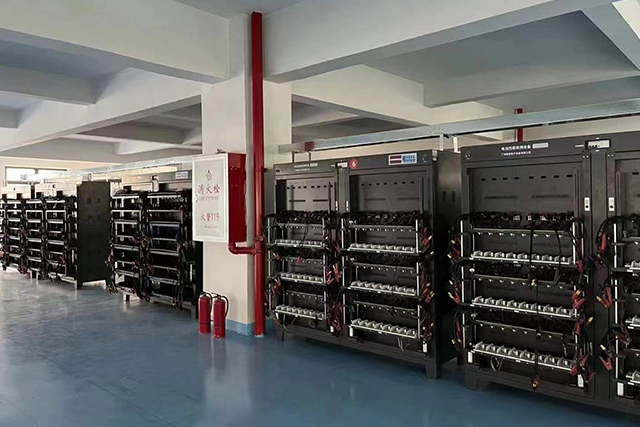As an important energy source for modern electronic devices, batteries are undoubtedly one of the driving forces of scientific and technological progress. At present, lead-acid batteries and lithium batteries are two widely used battery technologies on the market. They have their own characteristics and applicable scenarios. This article will analyze the advantages and disadvantages of lead-acid batteries and lithium batteries in detail to help readers better understand and choose suitable batteries.
- Differences in memory effect
First, let’s talk about the memory effect. In simple terms, the memory effect is the phenomenon that the battery capacity gradually decreases during long-term incomplete discharge and charging. This is particularly evident in lead-acid batteries. Lead-acid batteries have obvious memory effects. If they are frequently incompletely discharged and charged, the capacity of the battery will gradually decrease, and may even cause the battery to be scrapped prematurely. In addition, lead-acid batteries also have serious self-discharge. If the battery is left unused for a period of time, the power will be lost by itself. Moreover, the discharge rate of lead-acid batteries is relatively small, and they cannot be discharged at high current for a long time, which limits their application range to a certain extent.
In contrast, lithium batteries have almost no memory effect, can be charged and discharged at any time, and are very flexible to use. Moreover, the self-discharge rate of lithium batteries is very low, and even if they are not used for a long time, the power will not be lost too much. This makes lithium batteries have great advantages in long-term storage or intermittent use scenarios.
- Adaptability of operating temperature
Next, let’s take a look at the differences between the two batteries in terms of operating temperature. The operating temperature range of lithium batteries is relatively wide, and they can usually work normally between -20℃ and 60℃. But in fact, when the temperature is below 0℃, the performance of lithium batteries will begin to decline, and the discharge capacity will also be weakened accordingly. Therefore, lithium batteries perform best in the temperature range of 0℃ to 40℃.
Lead-acid batteries have more stringent temperature requirements, and their optimal operating temperature is usually between 20℃ and 25℃. When the temperature is below 15℃, the discharge capacity of lead-acid batteries will begin to decline, and its capacity will decrease by 1% for every 1℃ drop in temperature. At the same time, if the temperature is too high (over 30℃), the life of lead-acid batteries will be greatly shortened. This means that the performance and life of lead-acid batteries will be seriously affected in high or low temperature environments.

